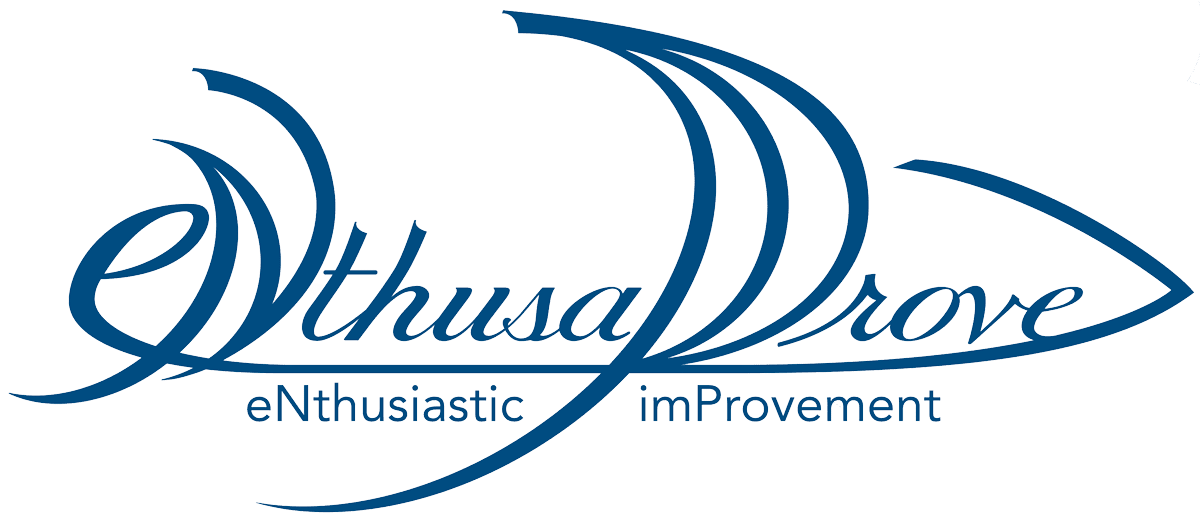
You’ve got a project staffing up that you need to pick someone to take the Team Lead role. Selecting the right person is always a bit nerve wracking. How do you make that selection?
[socialpoll id=”2520357″]
All of these are important aspects of any team leader. We find that there are very good reasons to choose each of these. The question is …
Are you choosing based on what this project needs, in the environment, with the customer and technologies applicable in the moment?
We find it helpful to talk about these in two major groupings that we see in the areas of project management (and played out in team dynamics, personality indicators, conflict styles, etc….). The first one is about what’s ON the table. The second will be about who’s AROUND the table. Both are required, and a preference is warranted given the subject and the environment. What is necessary to emphasize given the team’s objective, corporate culture, and team preferences?
What’s ON the table – Managing the Project
We find many leaders prefer to find someone who really knows the subject area to lead the team…and that makes a ton of sense. It’s hard to imagine a person experienced in software development being able to lead a project to build a bridge and vice versa.
When we look at those Project Management Institute (PMI) knowledge areas, we see 5 of them that are very related in orientation: Scope management, Cost management, Time management, Quality management, Procurement management. You need to select a Project Manager who knows the tools and tricks of these. These are all what we’d call the heart of MANAGING a project. These have to do with what’s on the table (e.g. project parameters, tangible facts, budgets, performance rates, defect rates, contracts).
What type of projects focus on what’s ON the table?
This method works in a project focused on the subject matter, likely in a tried and true area. These projects emphasize the plans, schedules, contracts of the work as the most important part of the project. The areas of project management that are most dear to these leaders are: cost, quality, time, scope, procurement management. These deal with the project aspects that are tangible, performance-related, measurable. This is the leader to make a current product faster, cheaper, better, more reliable.
What type of projects are a mismatch with “ON the table” focus?
This isn’t the leader you need if the team will be a pioneer leader in new “lands.” If you need innovation to occur (or exploring new lands of product development), this may not be a great strategy. Folks with experience tend to go back to their experience to solve sticky situations or tough problems. That has many benefits, but innovation is not one of them.
Who’s AROUND the table – Leading the People
There are more and more organizations training leaders to lead and transfer those leadership skills between subject areas (vice promoting the best experts). This is a daring leap for some organizations. These leaders build an interpersonal trust that the team knows what they are doing and will do it well given the right direction and environment.
The Project Management Institute (PMI) knowledge areas that are most oriented toward these projects are: communication management, risk management, HR management, stakeholder management, and integration management. These are intangible aspects that are relational and intuitive. These are the heart of LEADING a team. These have to do with what’s AROUND the table (e.g. trust, conflict, communication styles, interpersonal communication, getting the right skills).
What type of projects focus on what’s AROUND the table?
This method works in a project focused on the people on the team and stakeholders influencing the team, embarking to make a new thing/process/method. Due to the uncertainty about methods, the focus is on communication, risk, integration, stakeholder, and HR management. As the team learns to navigate the uncertain path ahead, team trust is essential when there are not contracts and procedures to guide. This is the leader you want to make a new thing or a new technology to do current mission in a new way.
What type of projects are a mismatch with “AROUND the table” focus?
Often (not always), we see that these leaders have a need to create, so a project to refine a current product may tempt a desire to change lots of things around. This may be really cool, integrating technology or novel approaches for business advantage, but too much work for the organization to see a payback rather than making a small incremental change. These are great ideas, but may not be the best fit in the current situation.
Given these two ideas, managing what’s ON the table and leading that’s AROUND the table, there’s a few considerations that we should think through.
Considerations for Selecting the Right Team Leader – Project Match
I have a mismatch of Team Leader’s style and the project. What can I do to help the project be successful?
Manage the tension. Awareness is the first step. A great Team Leader will rise to the challenge. For example, I recently met a consulting engineer that saw that owning his own business meant that he needed a different skillset. Being a great engineer wasn’t what his team needed. So, he found a coach and worked to change focus, now focusing on who’s around the table (building the team) and letting the project engineers focus on execution of the engineering work. It takes time and likely getting support (coaches, classes, accountability partners, etc.)
If someone is not rising to the challenge and the tension becomes conflict derailing the project, I’d seriously consider changing the assignment for that Team Leader to a topic more suited to his/her preferences.
How do you find out if your selectee has what it takes to execute this project?
Naturally, you can look at her/his previous work. Get a pretty good scoop from others in the organization that have worked with this person. Ask the selectee to talk about a previous project or, if they are new to the project game, previous experience in tracking costs, or schedules, or quality, or purchases. Listen to the answers to find which type of focus they prefer. Do they always mention the team trust, relationships, doing novel things? OR Do they mention their acuity for keeping a team headed toward the goal on budget, within scope, and on time?
I’m an up and coming Team Leader. How do I answer questions to get the job?
Take it from someone that’s been good at fitting in lots of situations outside my skillset, stick with your gifts and preferences. Find out the ways you like to work (See related blogs) and go with it. We all need to learn and grow. You’ll excel at that learning and growing if you do it in your areas of strength rather than weakness.
Projects are not just “ON the table” or “AROUND the table.”
Let’s put this idea to work. I would not suggest categorizing people and projects by being one or the other. I know that’s disappointing for many.
In management sciences there are quite rarely any dichotomies in life. This is NOT a dichotomous scenario, splitting projects and Team Leaders into one of two categories. These are preferences, focuses, leanings.
Notice that the knowledge areas of project management are split equally between our two types? That shows us that BOTH are needed. The question is… What does this project need to get this project done? (Let me know in the comments.)
[socialpoll id=”2520359″]





